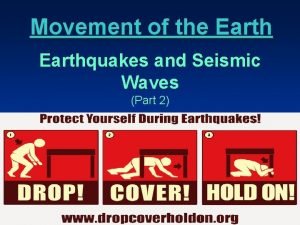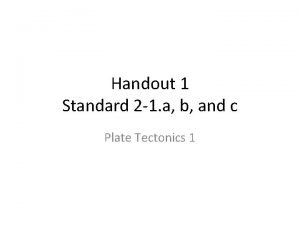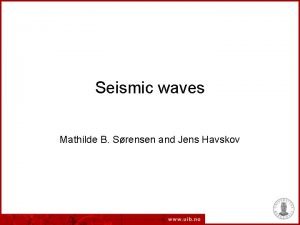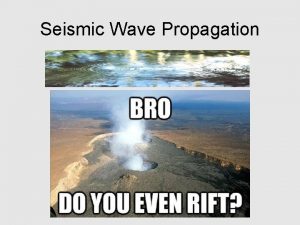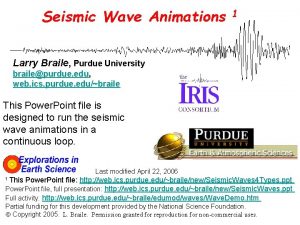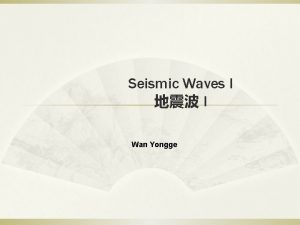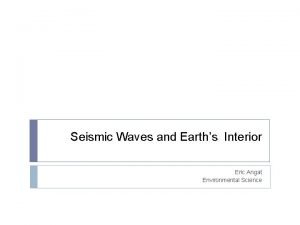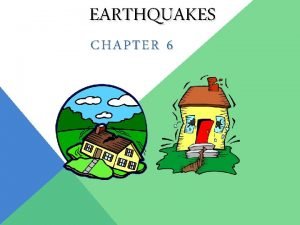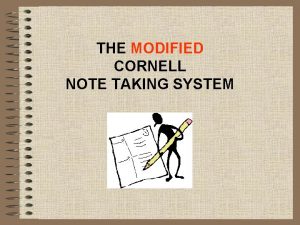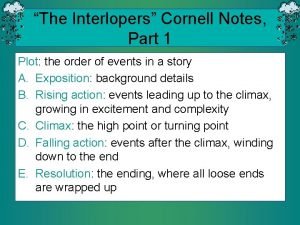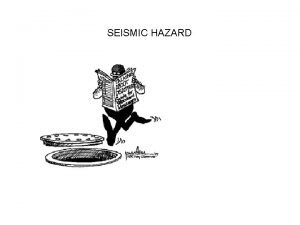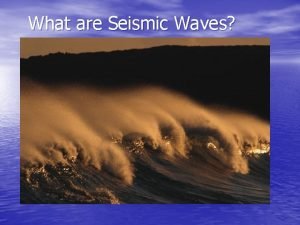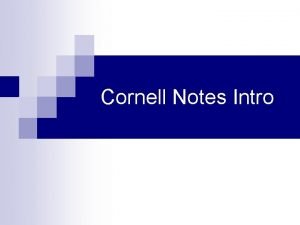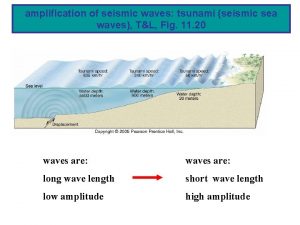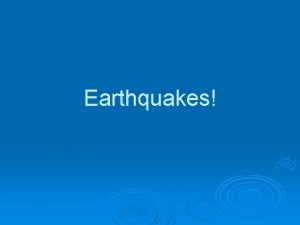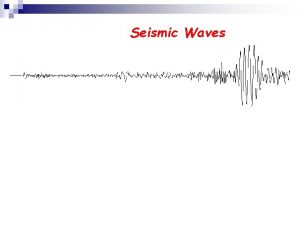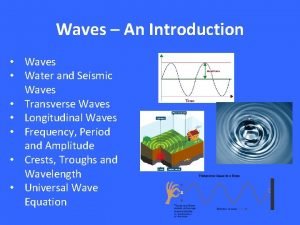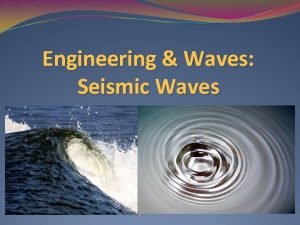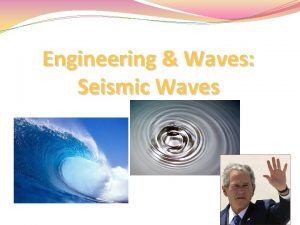Seismic Waves 3 Types Cornell Notes page 123














- Slides: 14

Seismic Waves- 3 Types Cornell Notes page 123

Surface Waves • Travel slowly along Earth’s surface • usually most destructive

Body Waves • Travel more quickly through Earth’s layers • 2 types

Body waves 2 types: P Waves • “Primary” wave • Fastest wave • Longitudinal compression waves • Travel through both solids and liquids

Body Waves- • “Secondary” waves 2 Types: • Slower than P waves, but faster S Waves than surface waves • Travel side to side (like a snake) • Can only travel through solids



Assignment: Draw P and S waves S Waves (secondary waves) • SIDE to SIDE motion • Slower moving than P waves • Travel only through solids P Waves (primary waves) Straight ahead motion Faster than S waves Travel through all parts of Earth

Determining distance from seismograph to epicenter • P waves and S waves travel at different speeds. • Time between when P wave arrives and when S wave arrives can be used to determine how far away the epicenter is from that station.


Using Triangulation • The seismograph can tell us how far away the EQ is, but not in which direction. • Must use at least 2 other stations to locate the epicenter.

Using Triangulation 1. Determine distance from station to epicenter. 2. Draw circle around station with radius = to distance. 3. Do the same for at least 2 other stations. 4. Place where all 3 circles meet is the epicenter.


Depth of Focus • Shallow focuses (less than 70 km deep) are more destructive than deep focuses (over 300 km deep).
 Seismic waves are mechanical waves
Seismic waves are mechanical waves What are the three types of seismic waves
What are the three types of seismic waves Define shadow zone
Define shadow zone Four types of seismic waves
Four types of seismic waves Seismic
Seismic What are wavefronts
What are wavefronts Seismic waves
Seismic waves P wave animation
P wave animation Seismic waves
Seismic waves L wave
L wave Which type of wave can penetrate the outer and inner core *
Which type of wave can penetrate the outer and inner core * Seismic waves
Seismic waves Whats the main cause of most earthquakes
Whats the main cause of most earthquakes Note taking legend
Note taking legend Interlopers plot diagram
Interlopers plot diagram

